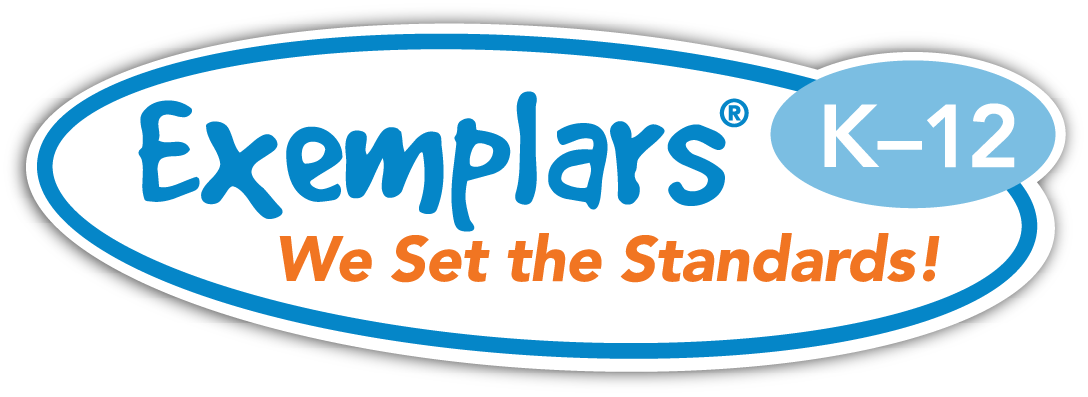Create a Learning Environment That Embraces Noise and Creativity in Math Class
Written By: Neil Hamilton, Teacher, Woombye Queensland, Australia

When you walk into my classroom, you might be taken aback by the noise level. But don't worry, it's intentional. You see, if my classroom is loud, we must be doing math.
As a teacher, I believe that students need to be engaged and actively participating in their learning. And what better way to do that than by encouraging them to discuss problems, share ideas, and listen to one another's explanations? That's why my math class is often busy, full of energy … and noisy.
Exemplars Support Our Thinking Classroom
To structure my lessons, I draw heavily on Peter Liljedahl's thinking classrooms. We start by breaking into random groups and showing our work on vertical whiteboards. Most of these boards are homemade, as we've grown and adapted these practices over time. After working on tasks in groups, students return to their desks to complete a "checking your understanding" question – a similar problem to the ones they just completed in groups, but this time on their own.
Using Exemplars math problems has brought a richness and depth to student conversations and their work in general. At the start of the year, we explored the Exemplars teacher’s rubric, looking at what it meant to me and what it meant to the students. We talked about the places on the rubric that identified thinking and compared this to answer-getting. This has led to students becoming more focused on the "how" rather than jumping to an answer.
"Using Exemplars Math problems has brought a richness and depth to student conversations and their work in general."
Value Thinking
When working on Exemplars problems, I ask my students to find more than one way to work out the answer. I place an emphasis on thinking and working rather than getting an answer. It's too easy for them all to suddenly have the answer because they "know" it.
While I appreciate the power of collaboration and sharing, I also want students to take ownership of their learning. I place importance on being active in the learning process, and this can't happen if you're taking someone else's answer and making it your own.
Often, there's an "obvious" way that stands out as the most efficient way to solve a problem. We spend time recognizing this and making sure our answers are accurate and make sense. Then we start to look for different ways we could have solved it. Our mantra is, "getting an answer is good, being able to explain how you did it in two ways is great."
This type of school community fosters the belief that everyone can learn from one another. Students feel like their thoughts are valuable and are more willing to share. When we work with Exemplars, I often allow my students to work in groups or pairs. This gives the students the support and experience they need to solve problems multiple ways. They have wonderful math discussions and model their thinking for one another. It is such a powerful way to learn, benefitting all students involved.
Encourage Creativity and Flexibility
This is where the classroom often comes to life. I encourage the children to be creative – efficiency isn't as important here. We look for patterns and connections and see how they can help us solve the problem. An important aspect of this is flexibility. Often, the original groups start to merge or break off as students pursue and share their own ideas. Students move back and forth between concrete and abstract materials, often incorporating symbolic representations to show their ideas.
I'm seeing greater confidence in students expressing their thinking. They've seen and used a variety of diagrams or models as they play around with a problem and transfer this into their individual math thinking. Students aren't sitting waiting for help or being stuck on the "broken escalator," as we call it. They're more willing to try to work out problems, or will talk through their initial thinking with a partner to make an attempt at work.
Embrace the Noise
In conclusion, a noisy classroom doesn't necessarily mean a lack of control or discipline. It could mean that the students are engaged and actively participating in their learning. By creating a learning environment that embraces noise and creativity in math class, students are encouraged to think critically, collaborate, and take ownership of their learning – all important skills for success in the 21st century.
Neil Hamilton has been a Teacher for 23 years. He holds a teaching degree from the Queensland University of Technology in Brisbane, Australia. He has worked in primary schools as a classroom teacher and a Special Needs Teacher. Much of his time in class has been with multi-age classes. Currently, he is teaching year 6 at Woombye State School on Queensland’s Sunshine Coast.
Neil is also part of the Kids In Action program, a program that aims to increase children’s environmental knowledge and understanding, while inspiring and providing opportunities for positive environmental and sustainability action, and has implemented ‘Toast Tuesdays’, an opportunity for his students to prepare and serve free toast to all students in their school every second Tuesday.

